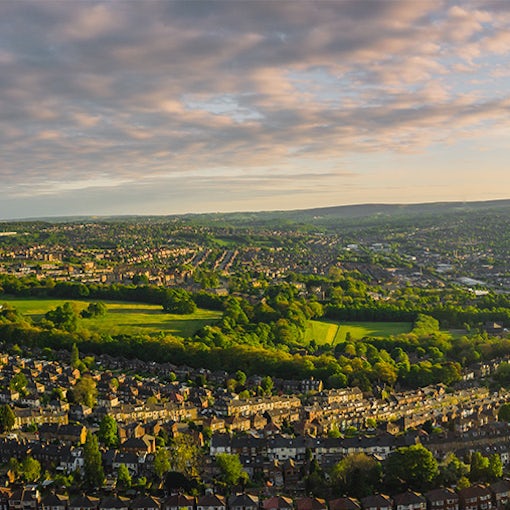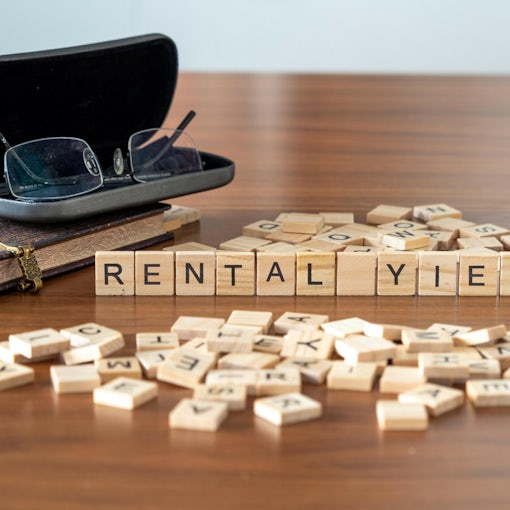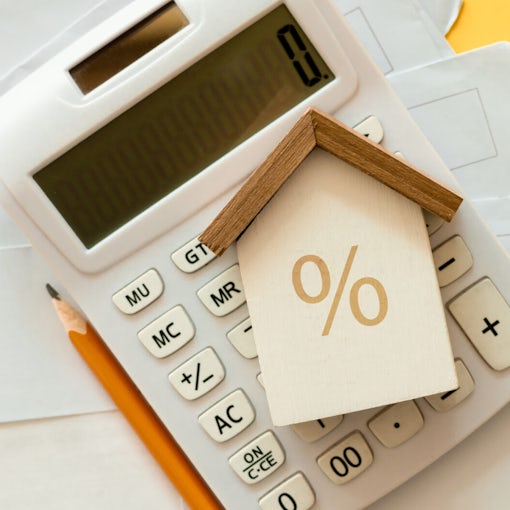As a tenant, one of the most important areas to understand is how to ensure you get your full rental deposit back and this is not a task to leave until it is time to leave, you need to consider this as you move into your rental home. Thinking about regaining your deposit is important because they can often account for a significant portion of your monthly income. In this article we explain about the rules around tenancy deposits and share some top tips to help you to make sure there are no issues when it comes time to leave and increase your chances of getting your deposit returned in full.

1. Understand the Tenancy Deposit Scheme
In the UK, your landlord is legally obliged to protect your deposit under a government-approved Tenancy Deposit Scheme (TDS) if you’re in an assured shorthold tenancy (AST) that started after 6 April 2007. The scheme ensures that tenants will get their deposits back if they meet the terms of the tenancy agreement, don’t damage the property, and pay rent and bills.
Your landlord must provide you with details of the scheme they are using within 30 days of receiving your deposit. This information will also include the process to follow if there is a dispute over the deposit. Familiarise yourself with this so that you understand fully what is at stake.
2. Conduct a Thorough Inventory Check
The inventory check at the start of your tenancy is crucial. This inventory will serve as a benchmark for the condition of the property when you moved in. Your inventory checklist should be detailed, and usually includes photographs as proof of the property’s condition. As this is going to be compared when you eventually move out, make sure any differences or discrepancies with the condition report are raised at the time you move in. Otherwise, you could end up footing the bill.
At the end of your tenancy, compare the condition of the property with the initial Inventory Check. This will help you identify any potential issues that could lead to deductions from your deposit. If there are issues sort them out before the final check out is done.
3. Keep the Property Clean and Well-Maintained
Regular cleaning and maintenance are essential to get your deposit back in full. Ensure you keep all areas of the property, including the garden if you have one, in good condition.
If the property was professionally cleaned before you moved in, it might be a requirement of your tenancy agreement to have it professionally cleaned when you move out. If this is the case, remember to keep all your receipts as proof.
4. Report Damages Promptly
If something is damaged or broken, report it to your landlord or letting agent immediately. They may be able to repair or replace it before it becomes a bigger more costly problem. This is usually more cost-effective than deductions from your deposit at the end of your tenancy.
5. Pay Your Rent and Bills On Time
Ensure that all rent and bills associated with the property are paid up to date. Unpaid bills can be deducted from your deposit.
6. Understand the Timescales
At the end of your tenancy, your landlord has 10 days to return your deposit if there are no disputes. If there is a dispute, and it’s taken to the deposit protection scheme for resolution, the process could take a few weeks.
7. Agree on the Deposit Deductions
If your landlord proposes deductions from your deposit, they should provide you with a breakdown. If you disagree with any deductions, contact your landlord or letting agent to discuss it. If you can’t agree, you can use your deposit protection scheme’s dispute resolution service. This is a free service designed to settle these kinds of disputes.
Receiving your full rental deposit back at the end of your tenancy is easy, if you understand the process from the start of your tenancy, take good care of the property, and fulfil the terms of your tenancy agreement. Start as you mean to go on, and you’ll find the process of reclaiming your deposit far less daunting.






